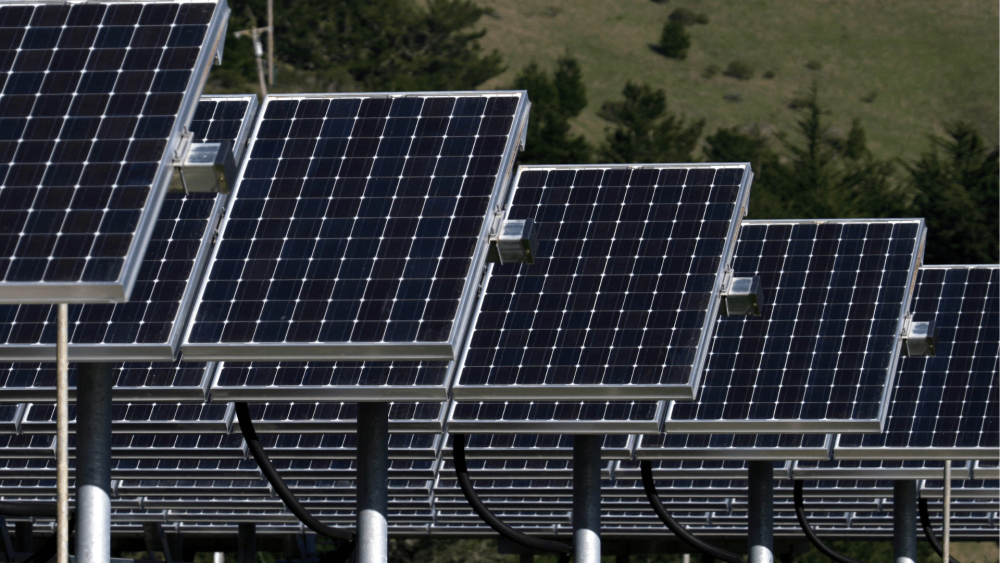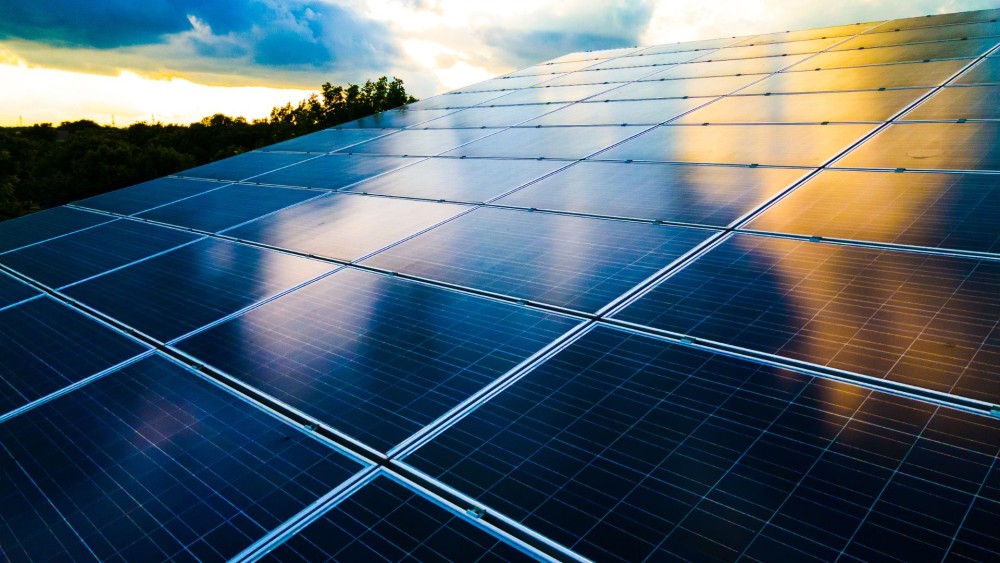In decentralizing energy in Indonesia, future of solar power remains bright
05 Sep 2022

About 300 meters away from a water pump located on the bank of Tajum River at Kaliurip village in Purwojati district of Banyumas Regency, Central Java, lie about 144 solar panels powering the pump with a capacity of 44 kilo Watt per hour (kWp). The pump, as reported by Mongabay, irrigates about 20 hectares of privately-owned farms.
Much further away in Cilacap, also in Central Java, about 150 kilometers from Kaliurip village, a 1.34 Megawatt (MW) capacity solar plant generates enough electricity to supply up to 14% of the energy demand of a number of facilities operated by state-owned oil and gas company PT Pertamina. The plant was estimated to have had helped Pertamina save about Rp 100 million (around US$6,731 at current exchange rates) per month in electricity bills.
These are just a couple of examples of the progress made in Indonesia in regard to the adoption of solar energy as part of decentralized energy as a solution. The fact remains that energy supply in the Java-Bali region is still largely provided by modern coal-fired power plants operated by state-owned power company PLN, which endangers the country’s net-zero carbon emission by 2060 ambition. Meanwhile, other regions lack installed capacity and power grid, as well as grid stability. This leads to frequent power outages or electricity that is not available around the clock. Due to these reasons, relying on the supply from PLN, be it for industries or households, is deemed not economical – thus the demand for decentralized energy solutions.
Solar energy represents the highest potential of all existing energy sources in Indonesia. Located at the equator, the average solar energy generation potential is 4.8-5.1 kWh/m2/day, or equivalent to 112,000 GWp/day in Indonesia. The greatest potential is localized in the eastern areas of the archipelago, which are only partially supplied with electricity by the PLN. There, the solar energy potential reaches values of up to 6 kWh/m2/day, according to national estimates.
Despite the potential, the progress towards solar energy adoption in Indonesia remains slow. According to data from Ministry of Energy and Mineral Resources (MoEMR), as of July 2022, total installed capacity in solar rooftop panels stands at around 62MW spread across 5,800 households and industries. This is far from the Ministry’s target of 450MW installed solar rooftop capacities by the end of the year. The number matches with projections made by the Institute for Essential Service Reform (IESR), a Jakarta-based independent think tank, which states that solar energy makes up less than 0.1% of the total energy mix as of the end of 2021 (Hydropower takes up the largest shares of renewables of less than 13%, according to estimates from the MoEMR and the IESR).
The reasons behind this slow adoption involve several factors, including complications in land ownership, lack of local experience, and unattractive tariffs. A particularly controversial, and somewhat recent, challenge to the adoption of solar energy was the decision from PLN to limit solar panel installation to between 10 and 15% of the installed capacity – a decision that had been criticized as deterring investments in rooftop solar panels as well as being counteractive towards the government’s renewable energy plans. In this regard, the MoEMR and PLN have been reported to be working on a more conducive policy that would support the development of solar energy in Indonesia.
On the other hand, this discrepancy in solar power utility presents a clear opportunity for foreign investors. A summary by researchers from Delft University of Technology in the Netherlands found that both academic and industrial projections reveal even higher potential than that of the MoEMR’s. The IESR, for example, found a technical potential of 3.4 Terawatt per square meter (TWp), which, if fully utilized, would have covered Indonesia’s 2018 electricity demand 18 times, and the projected demand in 2050 twice over. Another industrial estimation on practical solar PV potential comes from the Royal Dutch Shell Database with 1.3TWp.
Efforts are already being made by the business community to stay ahead of the solar power curve. PT Agra Surya Energy, a solar-panel developer, secured a Rp 254 billion loan and a foreign exchange line facility of $232,000 by OCBC-NISP Bank to finance and develop 36MW of solar power generators for local fast food franchise KFC and a number of other clients. Privately-owned energy provider Medco Power Indonesia recently fired up its 26MW solar power plant in the island of Sumbawa, West Nusa Tenggara, and is building up knowledge to operate solar-powered technologies. Another significant development in the field is the establishment of Perplatsi or Perkumpulan Pemasang PLTS Atap Seluruh Indonesia (Indonesian Rooftop Solar Panel Installer Association) earlier this July, which aims to advocate for the adoption of rooftop solar panels as well as to drive forward the development of solar powered energy sources.
As stated in President Regulation No. 22/2017 on General Planning for National Energy, solar energy is already planned to be the dominant source of energy in terms of installed capacity with 45 Gigawatt by 2050. Add to the fact that, according to both MoEMR and PLN, domestic operational costs for solar power plants had gone down by around 80% since 2015, there is little reason to doubt that the future of solar power in Indonesia would not remain as bright.


